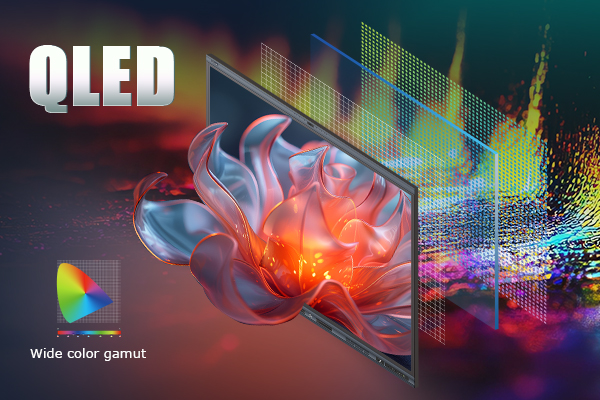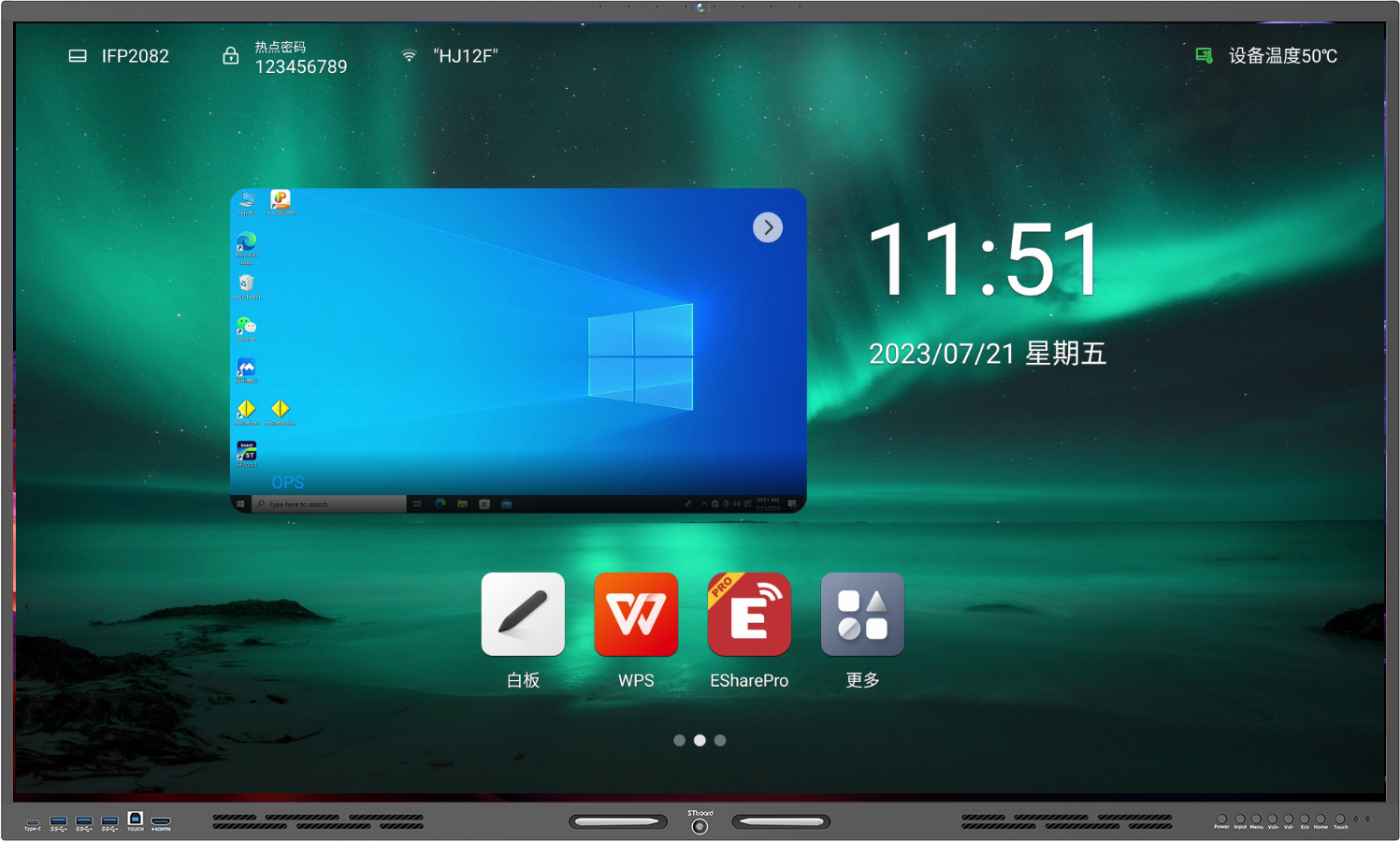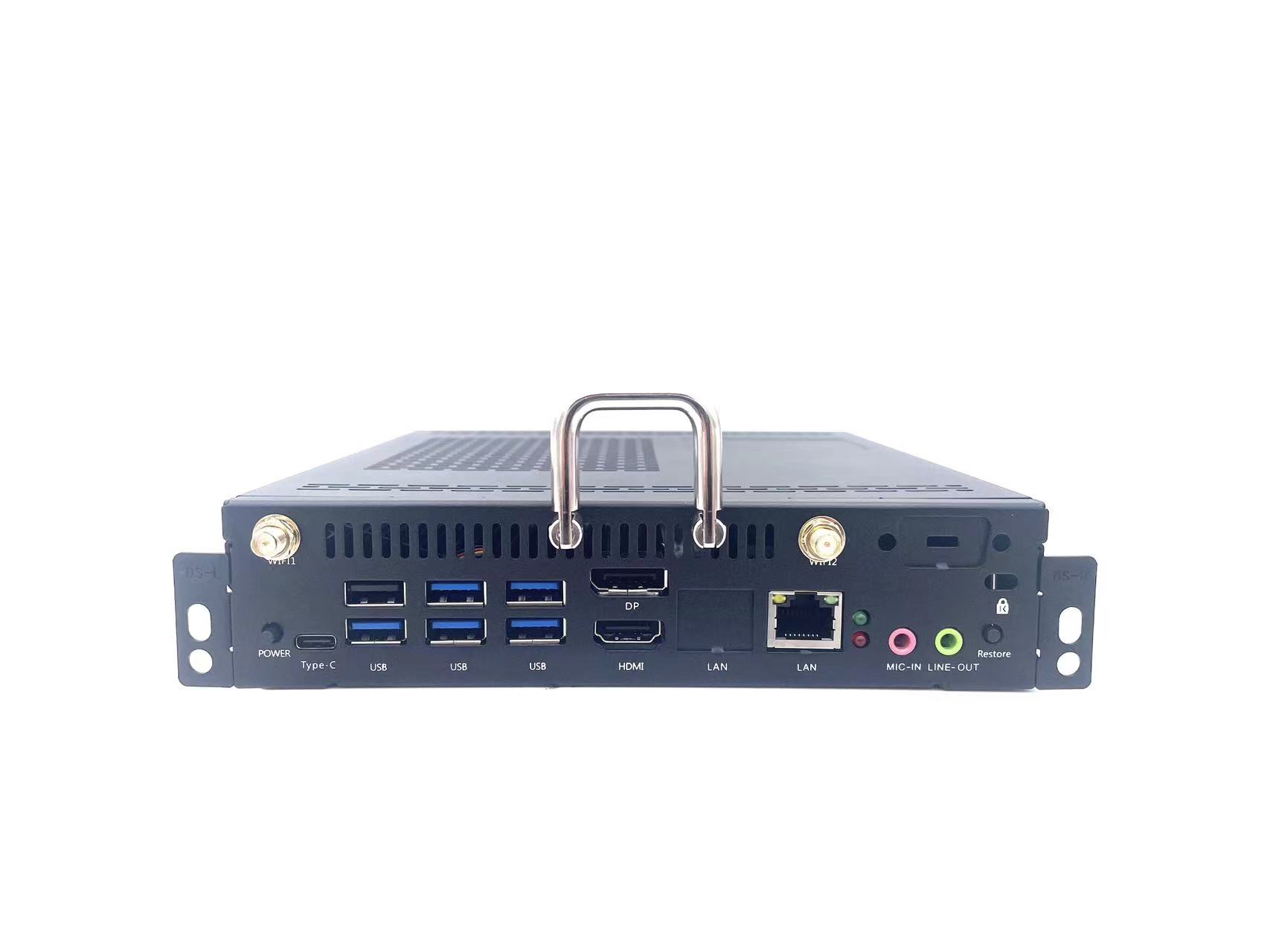1 Status of smart campus construction
With the continuous deepening of education reform in China and the informatization of education, the school has purchased or developed some educational information application systems. However, most of them are “on demand, one by one, and independent”. In addition, due to the independent construction of digital campus, resources between schools cannot be shared, and eventually “data islands”, “application islands”, “hardware islands” have been formed. The “island structure” consisting of “resource islands”:
(1) Hardware resources (such as servers, network resources, etc.) cannot be shared. When the resources are left, they cannot be allocated to other application systems. When the resources are insufficient, they cannot obtain resources from other servers.
(2) Each system has independent security and management standards, which increases the difficulty of operation and maintenance management, resulting in management confusion;
(3) Each has its own independent database, data cannot be shared and exchanged, and effective statistical reports cannot be formed;
(4) Independent presentation layer, information is scattered, users need to shuttle information between different systems, and “people find things”, which increases the difficulty of use;
(5) The high-quality resources in the region cannot be shared, resulting in a growing gap in the teaching level of each school.
2 Smart Campus Solution Overall Design
2.1 The meaning of smart campus
Smart Campus refers to the purpose of promoting the effective integration of information technology and education and teaching, and improving the effect of learning and teaching. With the new technologies such as Internet of Things, cloud computing and big data analysis as the core technologies, it provides a comprehensive environmental awareness and wisdom. , intelligent, networked, collaborative, integrated teaching, research, management, and life services, and a smart learning environment that provides insight and prediction of education, teaching, and education management.
2.2 Smart Campus Construction Goals
Smart Campus is an intelligent service environment that utilizes the Internet of Things and cloud computing, emphasizing data collection and intelligent processing of teaching, research, campus life and management, and providing intelligent data analysis, teaching and learning for managers and roles. . Smart campuses include: smart environment, smart learning, smart services, smart management and more.
Through user-centered and demand-driven, we intelligently meet the personalized needs and functional services of campus network users. Starting from the actual needs of school development, teacher development, student development, and education reform and development, combined with IoT products such as smart card, electronic class card, and electronic reading room, through the unified user center data synchronization and single sign-on, for the education management department Schools, teachers, students, and parents provide “one-stop” educational application services.
Its technical characteristics are digital, networked, intelligent and multimedia. The basic features are openness, sharing, interaction and collaboration. Promote the modernization of education with educational informationization and change the traditional model with information technology.
2.3 Principles of Smart Campus Construction
Overall planning, step by step implementation
From the perspective of smart campus construction goals, unified planning, clear tasks, and orderly advance the construction of information-based integrated application platform. The top-level design, rational division of labor, and step-by-step implementation can not only be compatible with the above-mentioned districts and counties public service platforms, but also have independent platforms for schools, forming resource intercommunication, preventing redundant construction and avoiding waste of resources.
Advanced principle
To ensure the advanced nature of the construction, the data is automatically generated through the application, safe and stable, and does not need to be built separately. Apply multi-level private cloud and big data analysis technology to make the school a first-class, practical and smart campus that meets the future information application.
Resource optimization principle
Save manpower, resources and other inputs, make full use of the original network, hardware, software resources to achieve the lowest investment, the greatest benefits.
Unified standards, security
Standard norms are an important premise for teaching smart campus construction. Under the premise of unified application development standards and data exchange interface standards, under the unified network platform, the interconnection and data sharing of each business system can be realized. In the process of system construction and application, in strict accordance with the requirements of national network and information security, take corresponding measures to establish an effective security system and a standardized security management system to protect personal privacy and government security.
2.4 Smart Campus Construction Ideas
The overall design of the smart campus adopts a flexible framework. The so-called flexible architecture is to centralize all the hardware facilities, dynamically allocate (lower level) according to the busy condition of each system; unified management services, security services, standards, specifications and extension interfaces (left and right) Both sides); unified data management, establish a unified data specification (basic software service layer); unified presentation layer.







.png)












